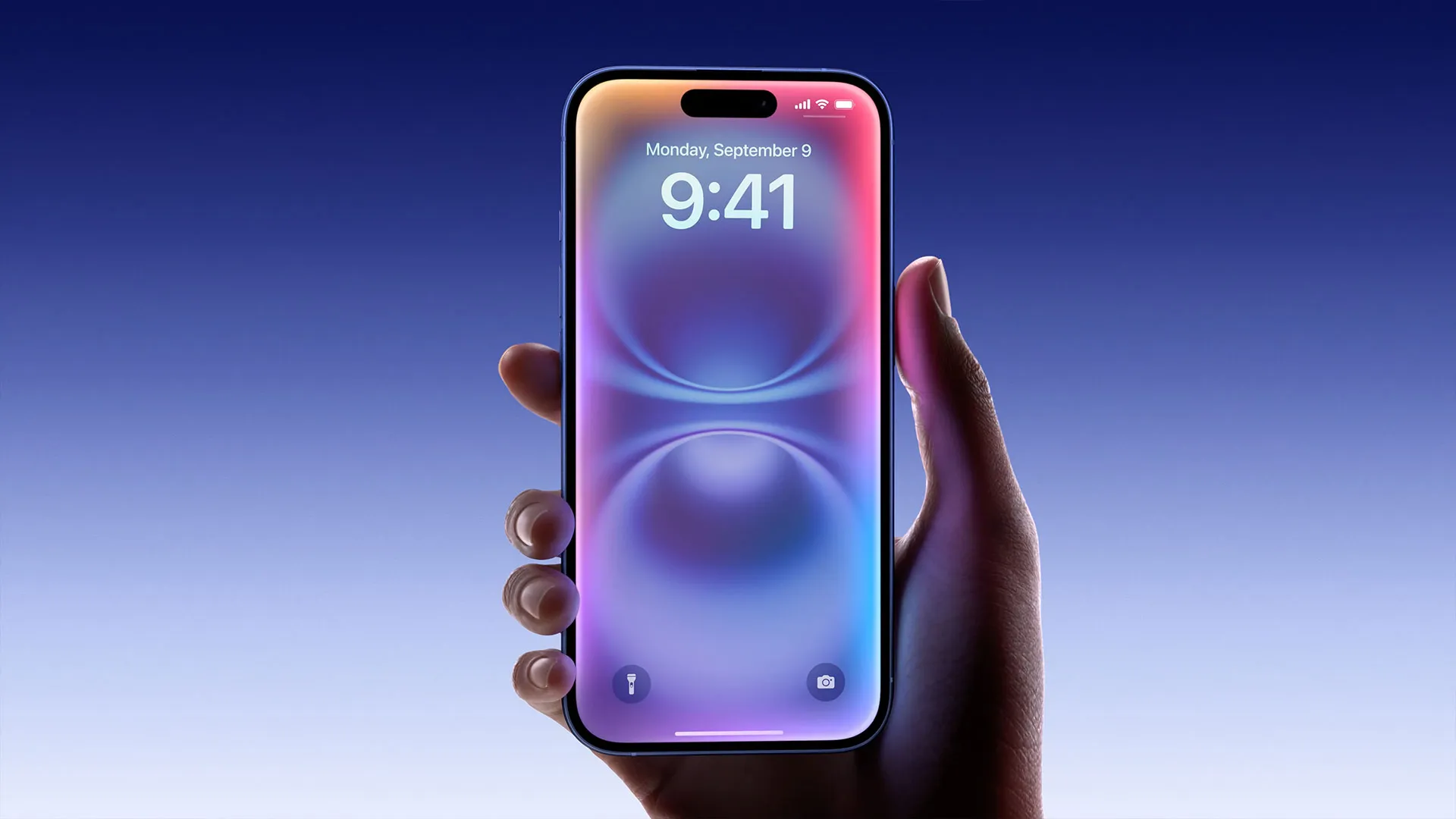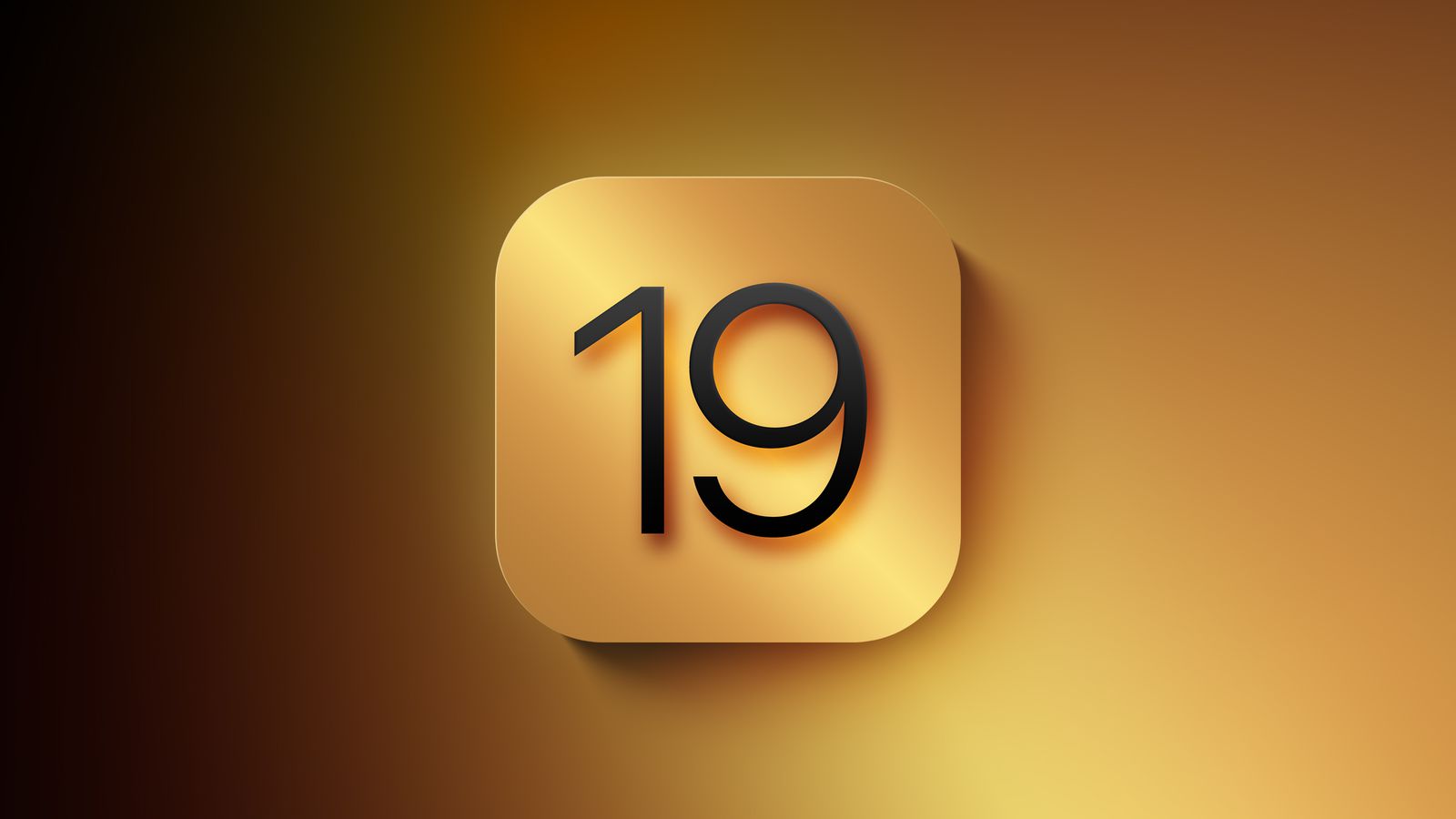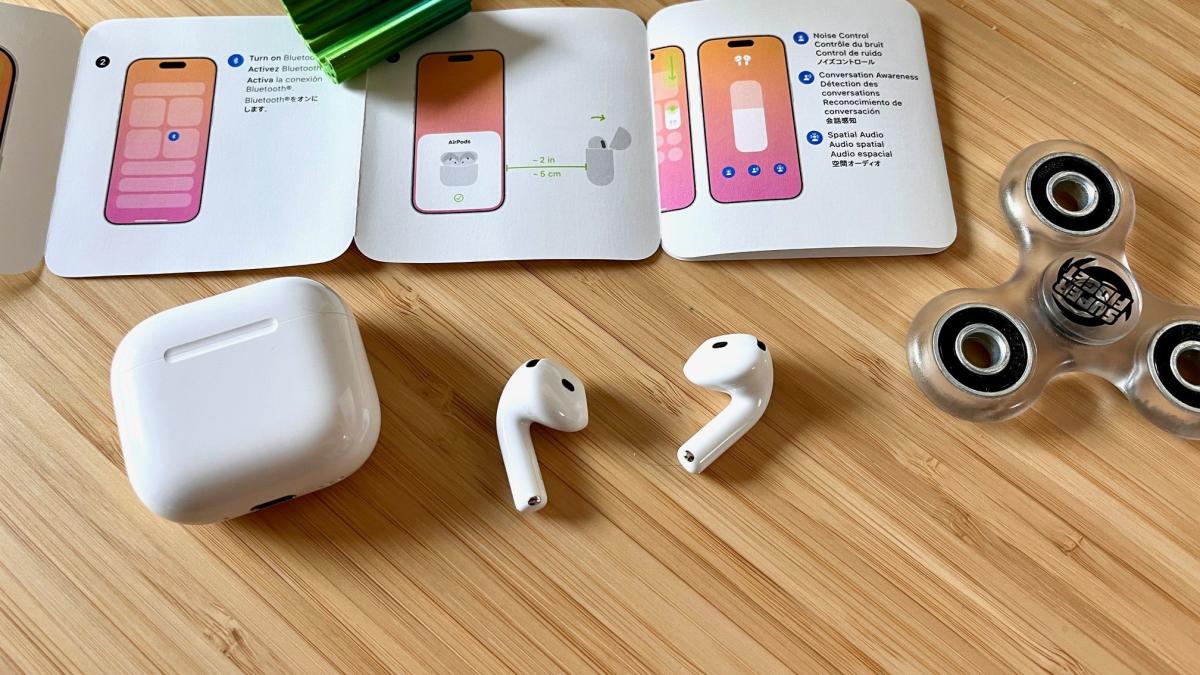Apple’s iOS 18.4 update, released on April 2, 2025, makes texting and app use simpler for iPhone users. The Messages app now supports RCS (Rich Communication Services) for more people, especially those on smaller T-Mobile networks like Mint Mobile and Google Fi.
This means you can send high-quality photos, see when someone’s typing, and enjoy smoother chats with Android friends. To check if it works for you, go to Settings > Apps > Messages > RCS Messaging. If your carrier supports it, you’ll see “RCS” in the text box when messaging Android users.
Plus, iOS 18.4 lets you pick your favorite apps as defaults in new areas like messaging and calls. Before, you could only set defaults for things like email or browsers, but now you can choose apps like WhatsApp for texting or calling instead of Apple’s built-in options.
This gives you more control over how your iPhone works. Both updates make everyday tasks easier and more personal, so you can chat and use apps your way. Have you tried these changes yet? They’re a big step forward!





